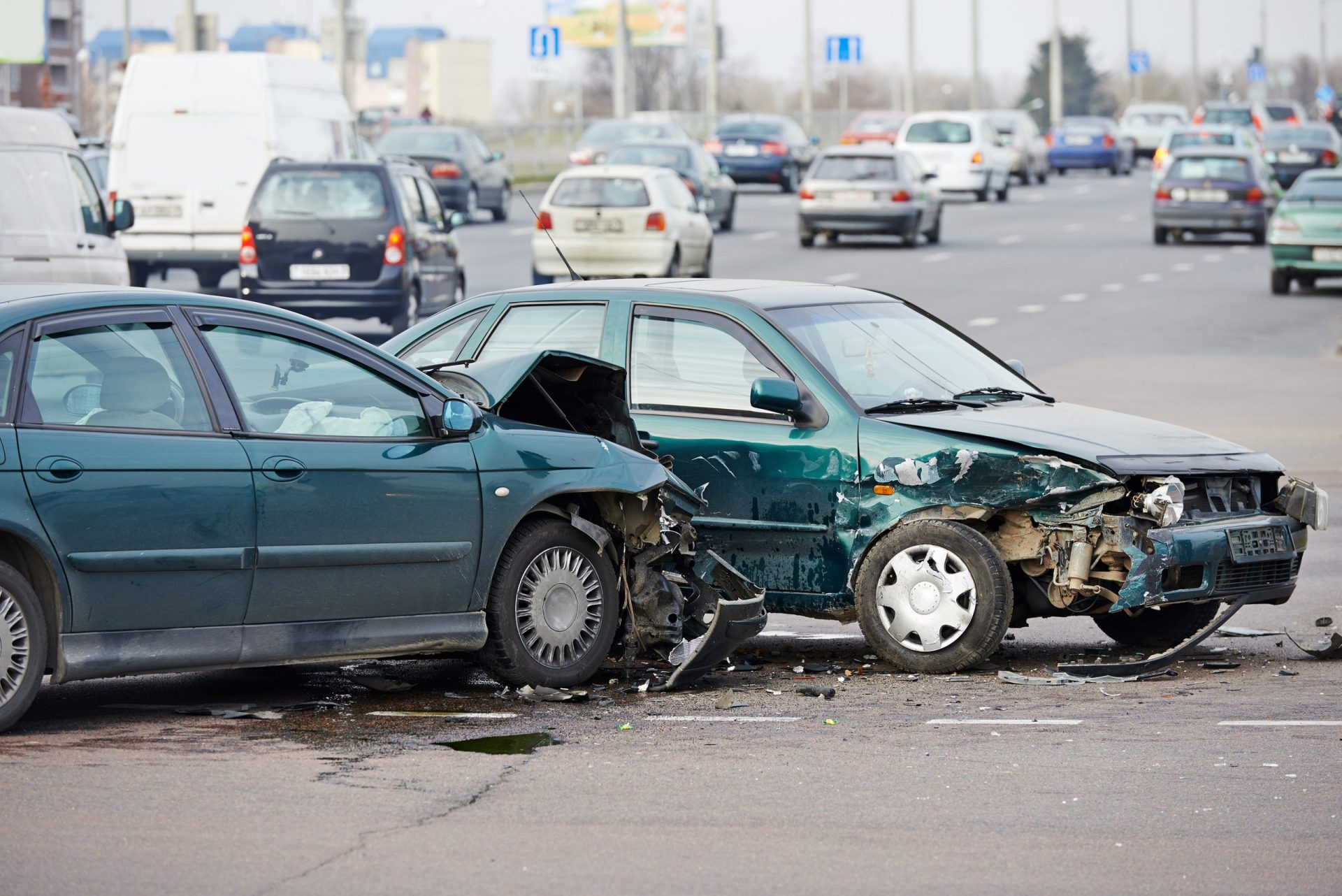Sometimes, it is obvious who is at fault in a car accident. If one driver is drunk or runs a red light, for example, there is usually no question that they are at fault in any accidents they cause. In other cases, however, it can be more difficult to determine which driver is at fault. Determining who is at fault in a car accident in Colorado can be important in determining who will receive damages, insurance payouts, or other compensation, and who will be charged with a traffic violation. If you have been in a car accident and are either unsure who is at fault or want to be sure you are not held liable, call our office to speak to one of our experienced car accident attorneys today.
Is Colorado an At-Fault or a No-Fault State and What Does That Mean?
Colorado is an “at-fault” state. Unlike a “no-fault” state, an at-fault state like Colorado allows a driver to file claims against any responsible parties without meeting any particular threshold of damages. In no-fault states, drivers each turn to their own insurance companies for compensation for accidents and can often only seek damages from another party if the damages reach a certain dollar amount. Because Colorado is an at-fault state, it is important to determine who will bear the responsibility, and therefore the financial liability, for a car accident. An experienced car accident lawyer can help you to investigate the accident, determine who was at fault, and seek damages that may be due to you.
What is “Comparative Fault” and How Does it Apply to My Car Accident Case?
In Colorado, there is a practice of using comparative fault when determining liability. What this means is that liability is not an all-or-nothing proposition. It is possible for multiple parties to bear some percentage of the fault. The amount of compensation or damages paid is then adjusted based on the percentages of fault that have been determined. For example, if you are determined to be 10% at fault in your car accident, you could be eligible for 90% of the damages awarded in the case. If you are more than 50% liable, you are not eligible for damages at all.
What Are Ways to Determine Fault in a Car Accident?
The way to determine fault in a car accident is to examine the evidence. Evidence can include police reports, photos, or eyewitness statements. In some cases, it may be necessary for your attorney to hire accident reconstruction experts who can analyze the accident and give expert testimony in a trial. The statements of those involved in the accident carry less weight than the statements of police officers or bystanders who have nothing to lose or gain by their testimony, but you should avoid any admission of guilt, either to the other driver, to the insurance companies involved, or to the police. Even saying “I’m sorry” at the scene of the accident can be used against you later in court, if the case comes to that. If you need help making a claim in a car accident case, our skilled car accident attorneys stand ready to take your side.




